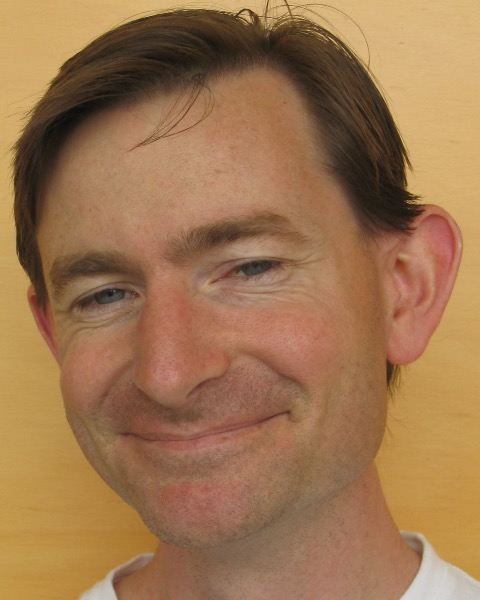Tinnitus and Hyperacusis (TH)
PP1401 - The Development of a Tinnitus Digital Therapeutic for Audiologists

Grant D. Searchfield, PhD (he/him/his)
Academic Head
Audiology the University of Auckland
The University of Auckland
Auckland, New ZealandDisclosure(s): Oticon: Other Research Support (Ongoing); TrueSilence: Intellectual Property/Patents (Ongoing), Ownership Interest (Ongoing), Patent Holder (Ongoing), Royalties (Ongoing)
Lead Presenter(s)
Digital processing has resulted in several generations of technology for tinnitus therapy. We are now of the cusp of true Digital Therapeutics (DTxs). Audiologists will use DTxs to personalize therapy based on individual needs. These will simplify and enhance tinnitus practice. This poster describes the development and testing of a DTx based on 20 years of foundation research at the University of Auckland New Zealand. Outcomes of a randomised controlled trial are summarised alongside how assessments of individual psychology and lifestyle results in a smart therapy tool for tinnitus. A clinical protocol will be outlined.
Summary:
No two patients experience tinnitus in the same way. Tinnitus differs according to its psychoacoustic characteristics, related comorbidities, psychological reaction and even the lifestyle of the person experiencing it. Many health disciplines are moving towards personalized healthcare that is focused on tailored diagnosis and treatment for an individual. With this in mind, we may need to prescribe multiple therapies for tinnitus, each with novel modes of action. These therapies should consider the individual and the context of their tinnitus experience. A personalized combination of auditory stimulation with counselling that act on different forms of bottom-up and top-down processing should be powerful for tinnitus therapy. This is the concept that spurred the development of a Digital Therapeutic (DTx) for Tinnitus. The DTx consists of counselling, instruction, sensory management, and training compressed of passive and active (game-based) auditory training. The 20 years of work leading to the development, and then trial, of the DTx will be described in this poster. The meaning of the clinical outcomes will be discussed, a protocol for clinical implementation will be proposed, and implications for extending scope of practice for audiologists outlined.
Learning Objectives:
- describe the role of a digital therapeutic in tinnitus practice.
